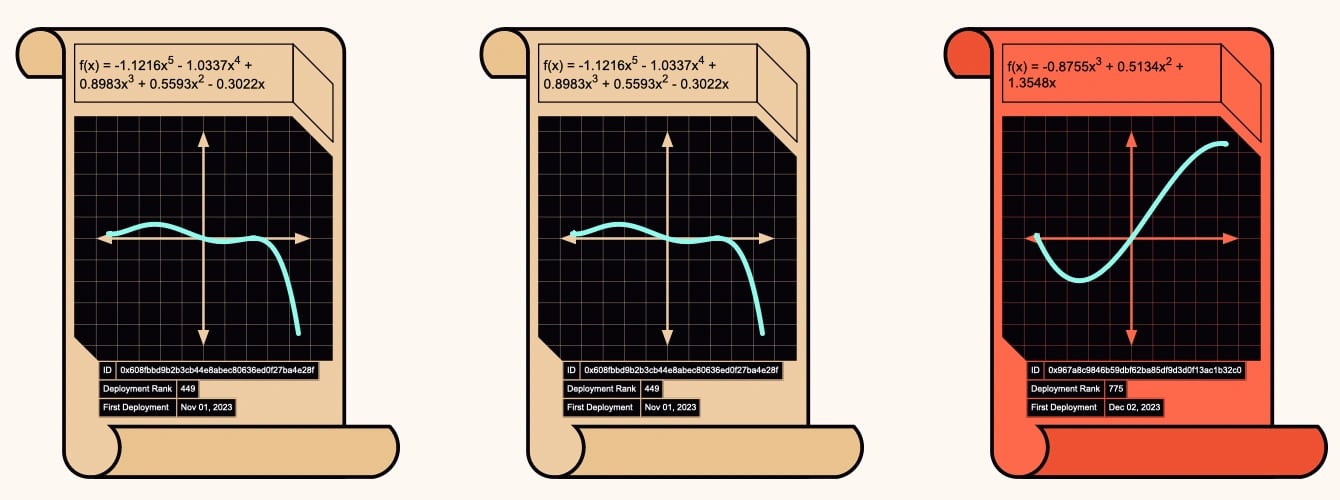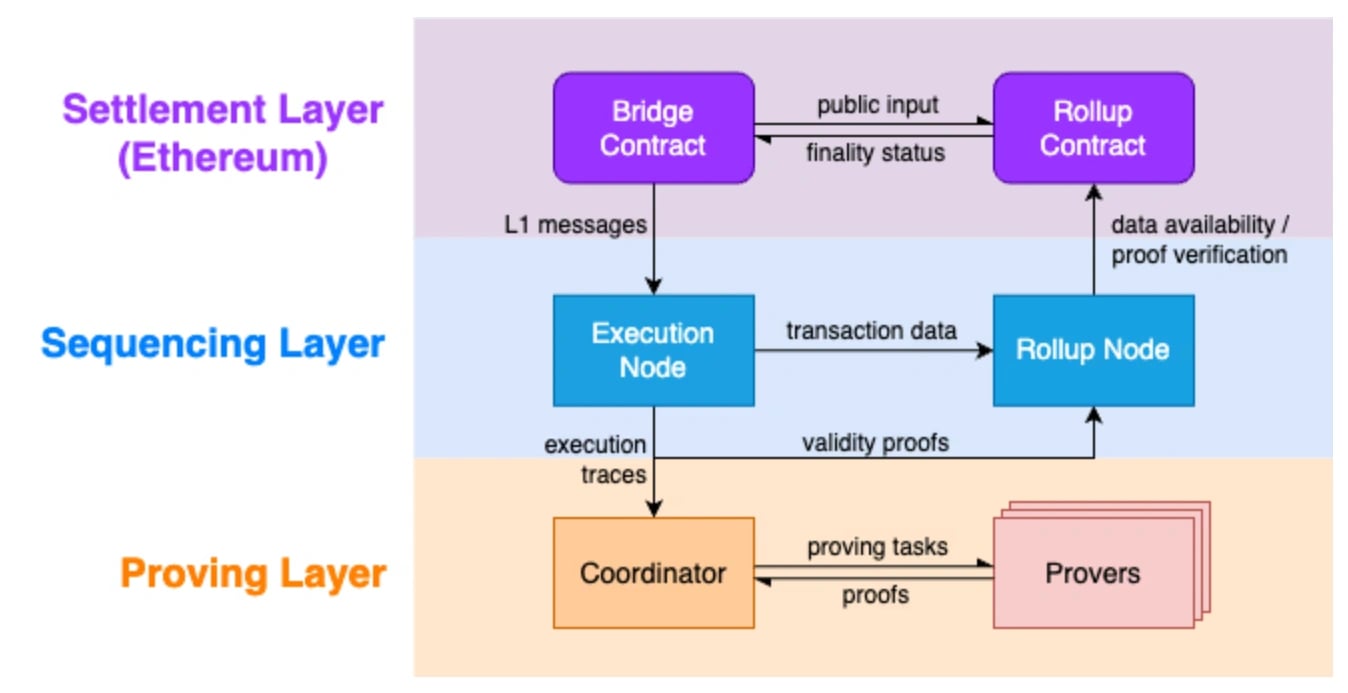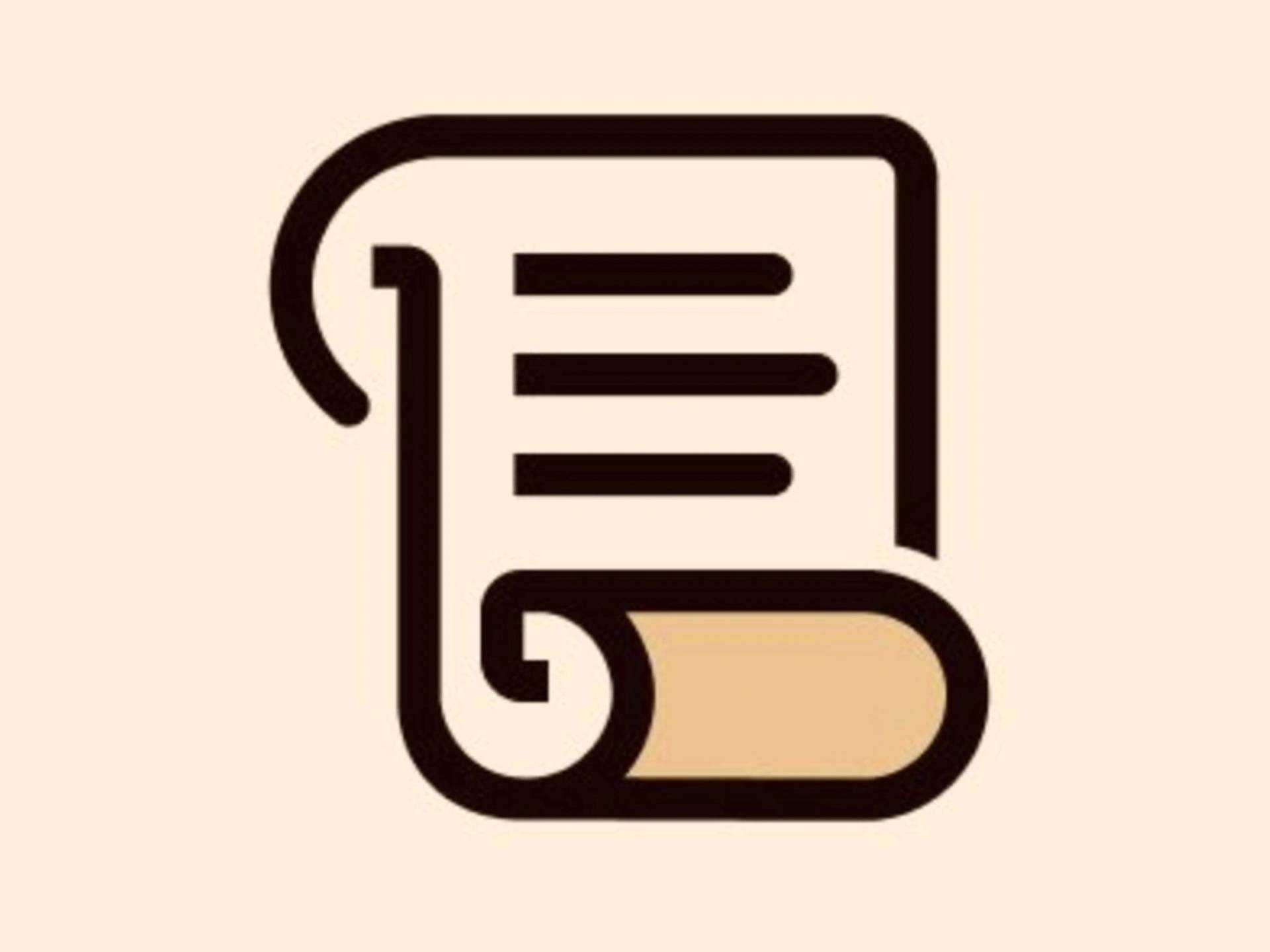위키 구독하기
Share wiki
Bookmark
Scroll
Scroll
Scroll은 확장성 문제를 해결하고자 하는 이더리움의 확장 솔루션입니다. 보안 및 성능 향상에 중점을 둔 zkEVM(Zero-Knowledge 이더리움 가상 머신) 기반의 레이어-2 솔루션입니다.[1]
개요
2021년 Haichen Shen, Sandy Peng, Ye에 의해 설립된 Scroll은 확장성 문제를 해결하는 이더리움의 레이어-2 확장 솔루션입니다. zkEVM(Zero-Knowledge 이더리움 가상 머신) 기술을 사용하여 트랜잭션을 오프체인에서 처리한 다음 이더리움 메인넷에서 검증을 위해 번들로 묶습니다.
2023년 10월에 출시된 메인넷은 제로지식 증명을 통해 트랜잭션 비용을 줄이고 처리 속도를 높여 이더리움의 확장성을 개선하는 것을 목표로 합니다. 이 시스템은 이더리움의 보안 및 분산화를 유지하면서 용량을 향상시키고자 합니다.[1][2][3][4][5][6]

생태계
Scroll Sepolia 테스트넷
Scroll Sepolia 테스트넷은 이더리움의 Sepolia 테스트넷 위에서 작동하며, Sepolia는 기본 네트워크 역할을 하고 Scroll Sepolia는 제로지식 롤업 레이어 역할을 합니다. 브리지, 블록 탐색기 및 롤업 탐색기를 포함한 데모 애플리케이션을 제공합니다.
Scroll Sepolia는 Scroll 메인넷에 배포하기 전에 변경 사항을 테스트하고 평가하는 데 사용됩니다. 실제 환경에서 업그레이드 및 성능을 평가할 수 있도록 메인넷과 유사한 테스트 환경을 제공하는 것을 목표로 합니다.[7][8]
제품
Scroll Origins
Scroll Origins는 Genesis 블록 이후 60일 이내에 Scroll 메인넷에 계약을 배포한 개발자를 인정하기 위한 NFT 프로그램입니다(2023년 12월 9일 종료). 각 NFT는 zkEVM 기술과 관련된 고유한 다항식 디자인을 특징으로 하며, 날짜 및 주소와 같은 배포 세부 정보를 반영합니다.
NFT는 배포 시기에 따라 분류됩니다. 처음 30일 동안은 Quintic, 30일에서 45일 동안은 Quartic, 45일에서 60일 동안은 Cubic입니다. 이러한 양도 불가능한 NFT는 2023년 12월 14일부터 Scroll 웹사이트에서 청구할 수 있었습니다.[11][12]

Scroll Canvas
Scroll Canvas는 검증된 배지(Badge)를 사용하여 Scroll 생태계 내에서 온체인 자격 증명 및 업적을 표시하기 위한 플랫폼을 제공하는 것을 목표로 합니다. 이러한 양도 불가능한 배지는 사용자 참여 및 이정표에 대한 증거 역할을 하며 개별 지갑에 연결됩니다.
이더리움 Attestation Service와의 통합을 통해 각 배지의 진위성과 검증 가능성을 보장합니다. 사용자는 Scroll Canvas를 사용하여 자신의 업적을 기록하고, 배지 컬렉션을 구성하고, 새로운 기회에 접근할 수 있습니다. 빌더는 배지를 발급하여 사용자 참여 및 인식을 높일 수 있습니다.
오픈 소스 플랫폼인 Scroll Canvas는 커뮤니티의 기여와 개발을 장려합니다. 사용자는 소액의 수수료로 자신의 Canvas를 생성할 수 있으며, 초대 코드를 통해 할인 혜택을 받을 수 있습니다.[13]

아키텍처
Scroll의 아키텍처는 세 가지 계층으로 구성됩니다.
정산 계층(Settlement Layer)은 이더리움을 사용하여 데이터 가용성, 순서 지정 및 유효성 증명 검증을 제공합니다. 이더리움에 필요한 계약을 배포하여 이더리움과 Scroll 간의 통신 및 자산 전송을 지원합니다.
시퀀싱 계층(Sequencing Layer)에는 트랜잭션을 처리하고 L2 블록을 생성하는 실행 노드(Execution Node)가 포함됩니다. 또한 트랜잭션을 배치하고 이더리움에 데이터를 게시하며 최종성을 위해 유효성 증명을 제출하는 롤업 노드(Rollup Node)도 포함됩니다.
증명 계층(Proving Layer)은 zkEVM 유효성 증명을 생성하여 L2 트랜잭션을 검증하는 증명자(prover)로 구성되며, 코디네이터(coordinator)는 증명 작업의 분배를 관리하고 이더리움에서 최종화를 위해 롤업 노드에 증명을 전달합니다.
이러한 계층 구조는 데이터 및 최종성을 위해 이더리움의 인프라를 활용하여 Scroll 네트워크 내에서 효율적인 트랜잭션 처리 및 보안을 보장하는 것을 목표로 합니다.[9]

잘못된 내용이 있나요?
